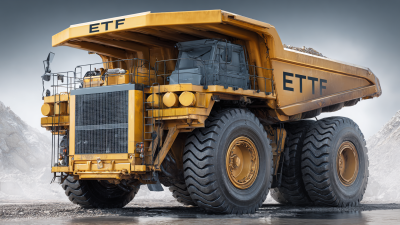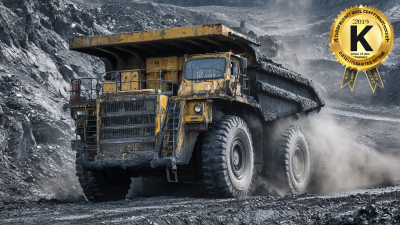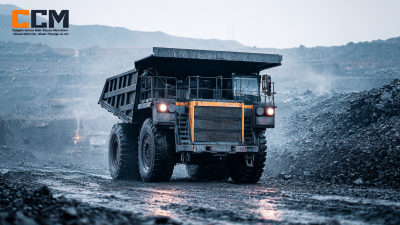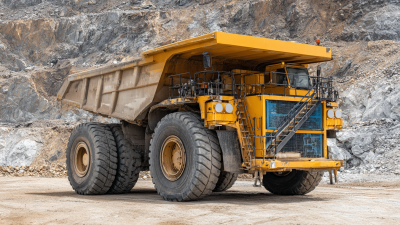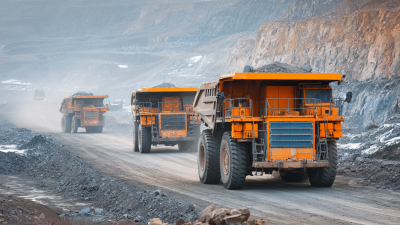The choice of the right Coal Mine Trucks is critical to ensuring operational efficiency and safety in mining operations. According to the World Mining Report 2023, the global demand for coal is projected to rise by 15% over the next decade, prompting a reevaluation of logistics and transportation methods in coal mining.
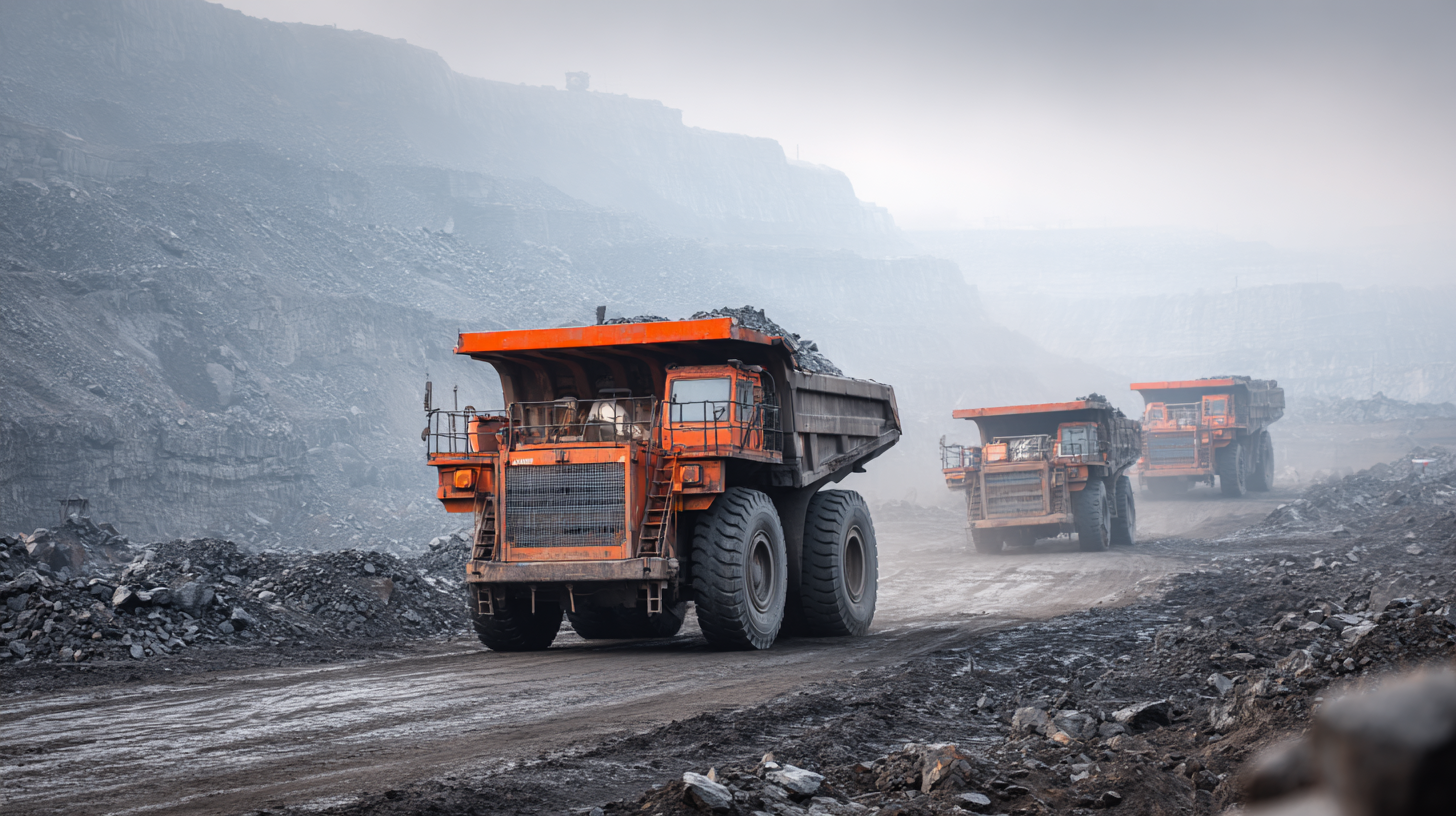
Efficient transportation not only reduces operational costs but also minimizes the environmental impact of mining activities. A study from the International Council on Mining and Metals indicates that well-selected trucks can improve productivity by up to 30%, while proper safety features can significantly lower accident rates in mining sites. With various models available, understanding the specific operational requirements and safety standards is vital for choosing the best coal mine trucks that will support both productivity and worker safety in increasingly demanding environments.
When selecting coal mine trucks, understanding payload capacity is crucial for operational efficiency. The payload capacity directly affects how much material can be transported in a single trip, influencing the overall productivity of mining operations. Trucks with higher payload capacities allow for fewer trips and reduced fuel consumption, which translates to lower operational costs and increased profitability. Therefore, it is essential for mining companies to assess their specific needs based on the volume of material to be transported and select trucks that can accommodate those demands effectively.
Moreover, advancements in mining truck technology are also essential to consider. For instance, the integration of autonomous vehicles in mining operations has revolutionized the industry. These vehicles can optimize route planning, reduce downtime, and enhance safety. By understanding both the payload capacity and the latest technological advancements, mining operations can achieve better efficiency and safety, ensuring that resources are mobilized efficiently while minimizing risks involved in coal transportation.
When selecting coal mine trucks, it is crucial to evaluate the differences between rigid and articulated trucks, as each type offers unique advantages and disadvantages that can significantly impact safety and performance in mining operations. Rigid trucks, known for their robustness, provide excellent stability, making them ideal for transporting heavy loads over rough terrains. Their fixed chassis allows for greater payload capacity, which is essential in intensively operational mine sites. However, their limited maneuverability can be a drawback, especially in tight or uneven spaces.
On the other hand, articulated trucks excel in flexibility and maneuverability. Their jointed design allows for better navigation around obstacles and turns, which is particularly beneficial in constricted areas of the mine. This characteristic can enhance operational efficiency by reducing travel time and minimizing wear on the trucks. However, articulated trucks typically have a lower payload capacity compared to rigid trucks, which may necessitate more trips to transport the same amount of material. Ultimately, the choice between rigid and articulated trucks should align with the specific operational needs of the coal mine, balancing safety, efficiency, and the unique challenges presented by the mining environment.
| Truck Type | Load Capacity (tons) | Turning Radius (m) | Fuel Efficiency (L/100km) | Safety Features |
|---|---|---|---|---|
| Rigid Truck | 45 | 8 | 35 | ABS, Roll Stability Control |
| Articulated Truck | 30 | 6 | 40 | Electronic Stability Program, Rearview Camera |
| Dump Truck | 25 | 7 | 38 | Backup Alarm, Roll Stability Control |
| Mining Truck | 100 | 15 | 75 | Advanced Braking System, Traction Control |
When considering the efficiency and sustainability of coal mining operations, the role of fuel efficiency in mining trucks cannot be overstated. By choosing the right trucks, operators can significantly reduce fuel consumption, leading to cost savings and a smaller carbon footprint. This aspect is increasingly crucial as the mining industry faces mounting pressure to adopt environmentally sustainable practices while maintaining profitability. Efficient fuel use not only lowers operational costs but also enhances overall productivity, thus creating a win-win situation for companies that prioritize both financial and ecological responsibilities.
Furthermore, the environmental implications of fuel efficiency in mining operations extend beyond immediate cost savings. Lower fuel consumption directly translates to reduced greenhouse gas emissions, aligning mining activities with global sustainability objectives. As the industry evolves, stakeholders are encouraged to assess the long-term benefits of investing in advanced technologies that enhance fuel efficiency in trucks. This investment not only ensures compliance with regulatory standards but also improves the industry's reputation, attracting investors and stakeholders who are increasingly focused on environmental sustainability.
This chart illustrates the correlation between fuel efficiency and operational costs associated with coal mine trucks. As fuel efficiency improves, the operational costs tend to decrease, contributing to better environmental sustainability in mining operations.
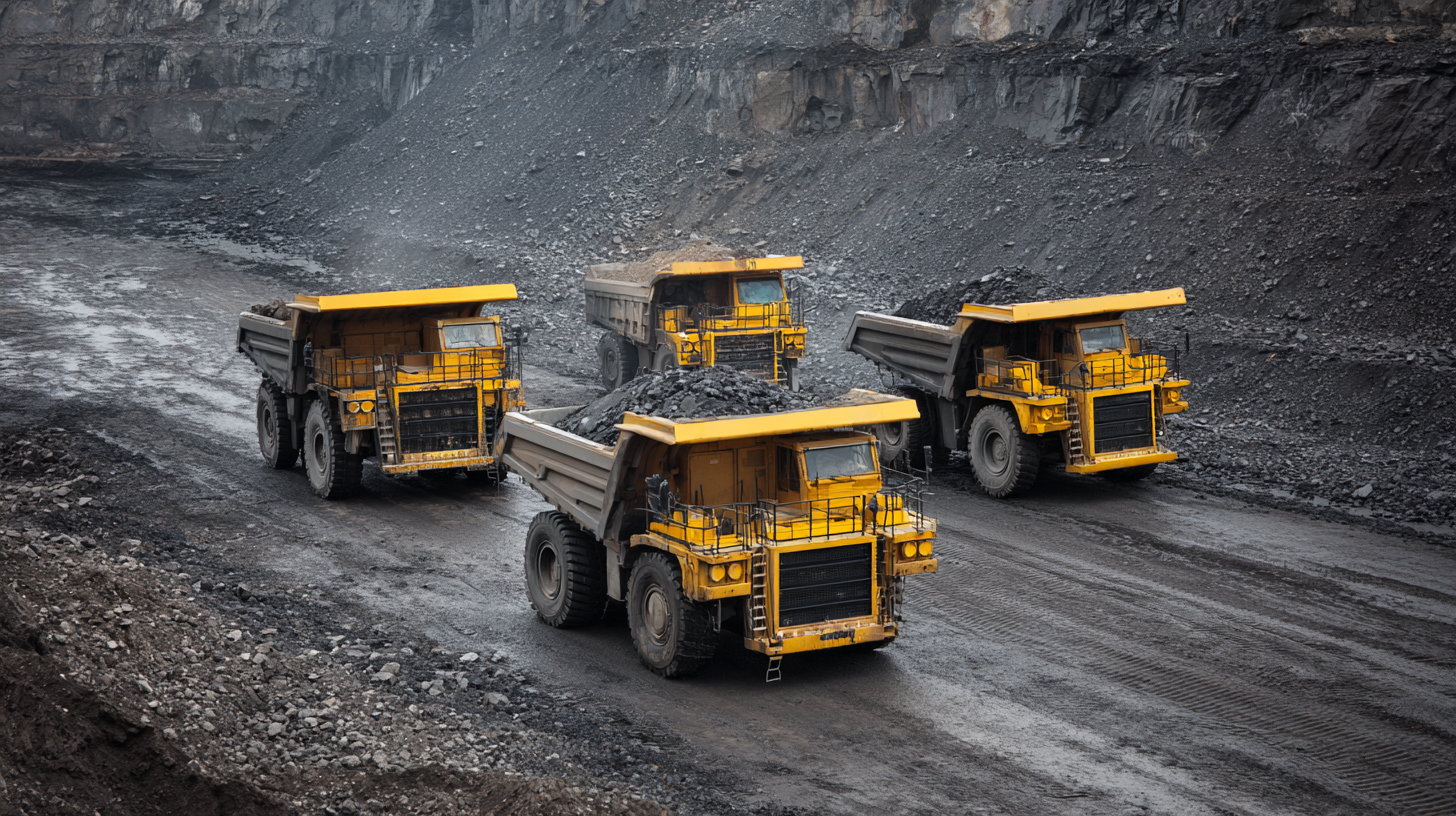 When selecting coal mine trucks, safety features should be a paramount consideration to ensure worker protection and compliance with mining regulations. Trucks must be equipped with advanced braking systems that allow for prompt stopping and control in challenging conditions, such as steep inclines or uneven terrain. Additionally, roll-over protection structures (ROPS) are critical, as they safeguard operators in the event of a truck rollover, a common hazard in mining environments.
When selecting coal mine trucks, safety features should be a paramount consideration to ensure worker protection and compliance with mining regulations. Trucks must be equipped with advanced braking systems that allow for prompt stopping and control in challenging conditions, such as steep inclines or uneven terrain. Additionally, roll-over protection structures (ROPS) are critical, as they safeguard operators in the event of a truck rollover, a common hazard in mining environments.
Another essential feature is the inclusion of visibility enhancements, such as rearview cameras and adequate lighting, which help mitigate blind spots and ensure that operators can see their surroundings clearly, even in low-light conditions. Furthermore, trucks should have emergency shut-off systems that can be activated in case of malfunction. Regular maintenance and adherence to safety protocols must accompany these features to maintain optimal performance and compliance with industry standards, effectively minimizing the risk of accidents and enhancing overall operational safety in coal mining operations.
When selecting coal mine trucks, it's essential to consider not only the initial purchase price but also the long-term maintenance costs they will incur. Maintenance costs can significantly impact the overall budget for coal mine operations, making it crucial to perform a comprehensive analysis before making a decision. Truck models vary in their reliability and ease of maintenance, factors that directly affect operational efficiency and downtime. A thorough understanding of these aspects will provide a clearer picture of the total cost of ownership.
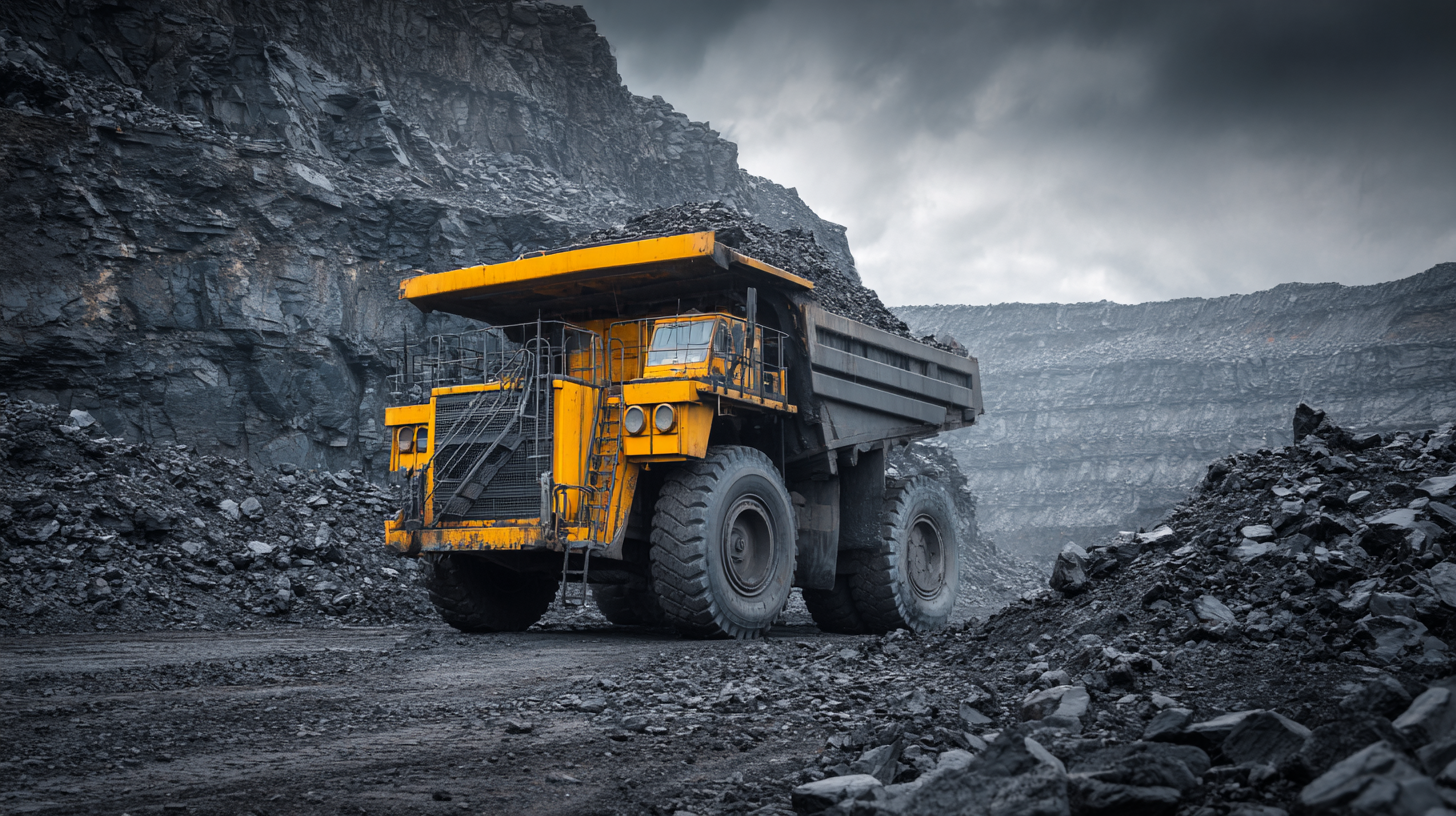
Long-term budgeting for coal mine truck operations requires a careful assessment of expected maintenance needs and associated expenses. Factors such as the truck's build quality, parts availability, and maintenance support should be evaluated to predict potential repair costs accurately. Additionally, investing in trucks known for their durability can reduce frequent repairs, thereby enhancing reliability and limiting operational disruptions. By prioritizing a holistic view of both upfront and ongoing expenses, mine operators can make informed choices that promote safety and operational efficiency within their coal mining operations.

